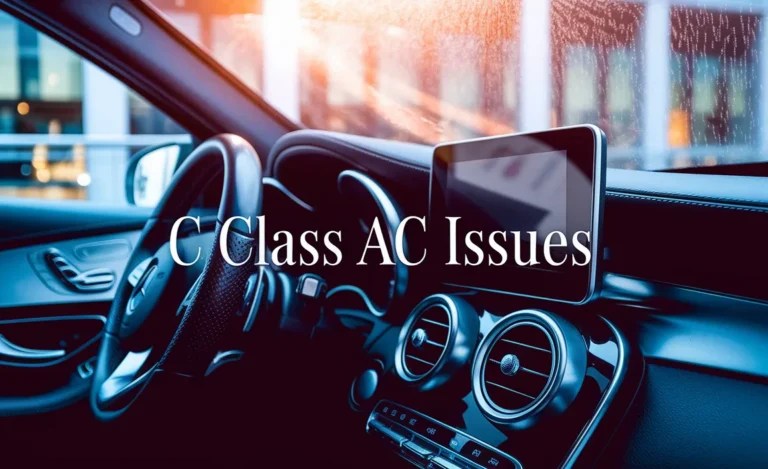Mercedes-Benz C Class Curb Weight: Your Ultimate Performance Guide
The Mercedes-Benz C-Class curb weight significantly impacts its handling, acceleration, and fuel efficiency. Understanding this figure helps you appreciate its engineering and how different models perform. We’ll guide you through what curb weight means and how it affects your C-Class experience.
Driving a Mercedes-Benz C-Class is an experience in refinement and performance. But have you ever wondered what makes it feel so balanced and agile? A key factor is its weight – specifically, its curb weight. This isn’t just a number; it’s a critical piece of engineering that influences everything from how quickly it accelerates to how smoothly it corners.
Many enthusiasts and potential buyers overlook this detail, focusing more on horsepower figures. However, a lighter car generally performs better. Let’s demystify what C-Class curb weight means and why it matters so much for your driving pleasure. We’ll break down how this metric affects your car’s performance and show you how to find the specific weight for your model.
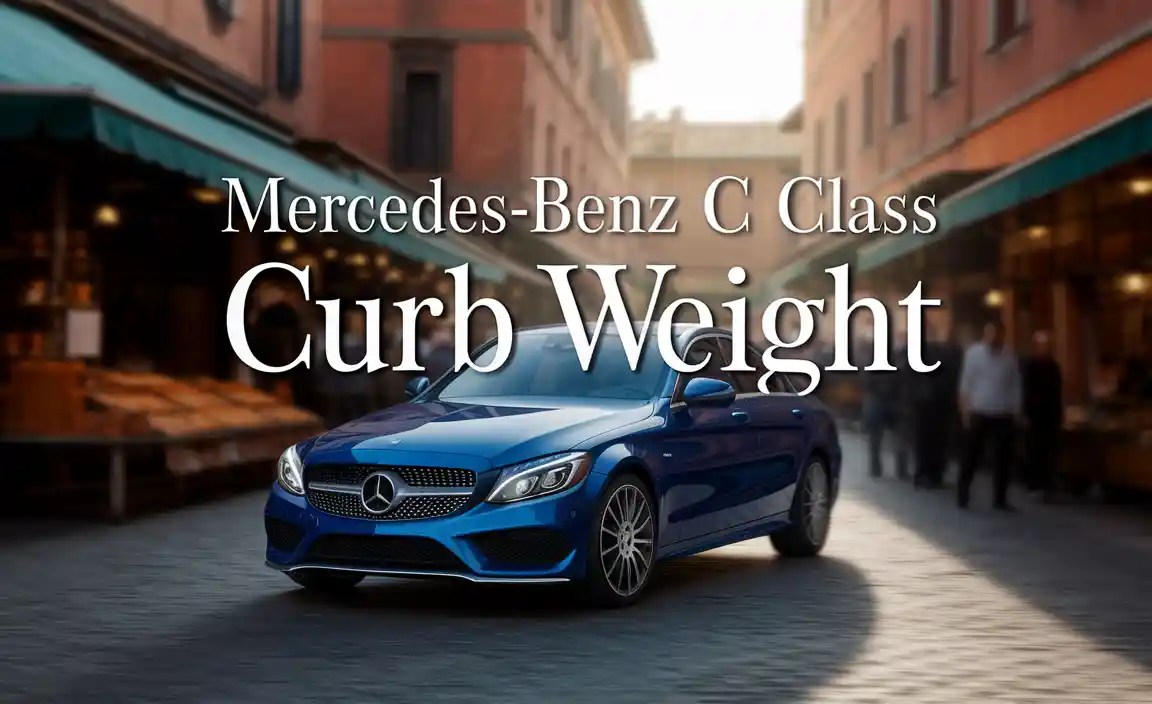
What Exactly is Curb Weight?
Before we dive into the specifics of the C-Class, it’s important to understand what “curb weight” truly represents. Unlike gross vehicle weight rating (GVWR), which is the maximum safe operating weight of the vehicle, including passengers and cargo, curb weight is much simpler. It’s the weight of the vehicle as it leaves the factory, with all standard equipment and necessary operating fluids (like oil, coolant, and a full tank of gasoline), but without any passengers or cargo.
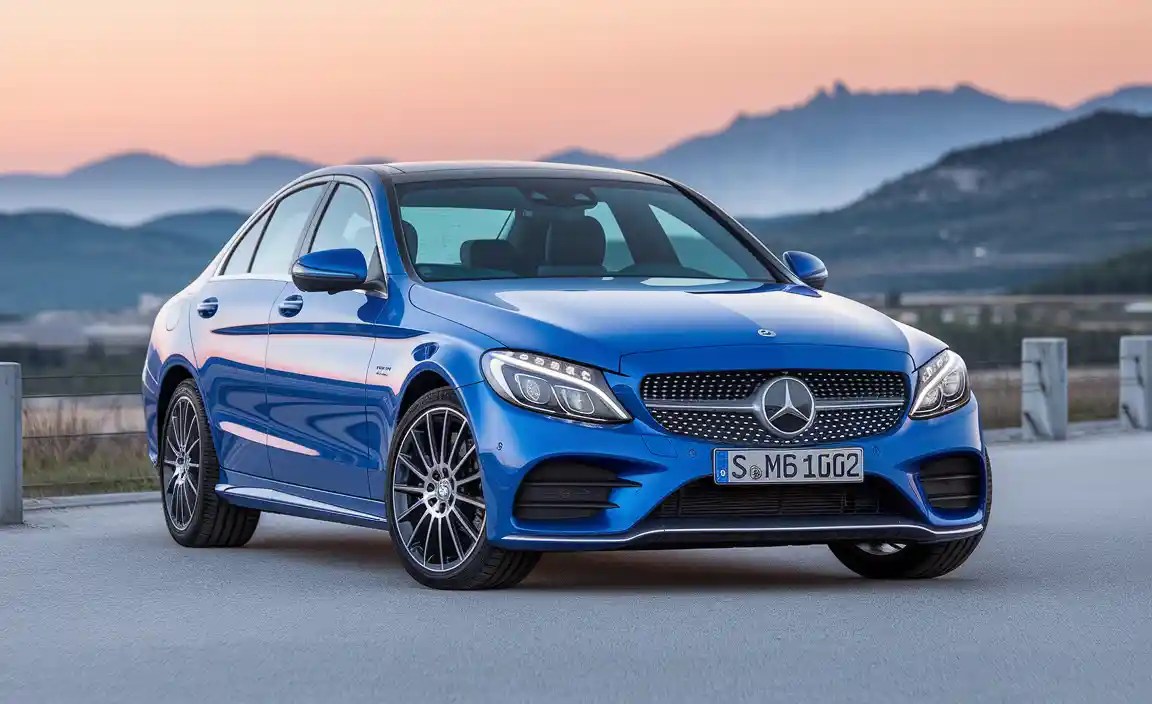
Think of it as the car’s baseline weight. This figure is crucial because it’s the foundation upon which all other performance metrics are built. Manufacturers use curb weight as a standard measurement to compare different models and trims fairly. It’s the unladen, ready-to-go state of your Mercedes-Benz C-Class.
Why Does C-Class Curb Weight Matter for Performance?
The curb weight of your C-Class plays a surprisingly large role in its overall performance. It directly affects several key aspects of the driving experience:
Strong>Acceleration:</strong> A lighter car requires less force to get moving. This means that with the same engine power, a lighter C-Class will accelerate faster than a heavier one. The power-to-weight ratio is a fundamental principle in automotive performance, and curb weight is a major component of that ratio.</li>
<li><strong>Handling and Agility:</strong> Less weight means less inertia. When you steer, the car changes direction more readily. A lighter C-Class will feel more nimble and responsive in corners, providing a more engaging driving experience. It contributes directly to the car’s ability to grip the road and resist body roll.
<strong>Braking Performance:</strong> It takes more energy to stop a heavier object. Therefore, a lighter C-Class will generally have shorter braking distances than a heavier equivalent, assuming the same braking system is installed.
<strong>Fuel Efficiency:</strong> Every bit of weight the car has to move requires energy. A lighter vehicle consumes less fuel to maintain speed and accelerate, leading to better miles per gallon (MPG) or liters per 100 kilometers.
<li><strong>Ride Comfort:</strong> While often associated with sportiness, lighter vehicles can sometimes offer a more compliant ride over bumps and uneven surfaces, as there’s less mass for the suspension to control. However, this can be a nuanced balance with suspension tuning.
Factors Influencing C-Class Curb Weight
Not all C-Class models are created equal when it comes to weight. Several factors contribute to the variations you’ll find across the lineup:
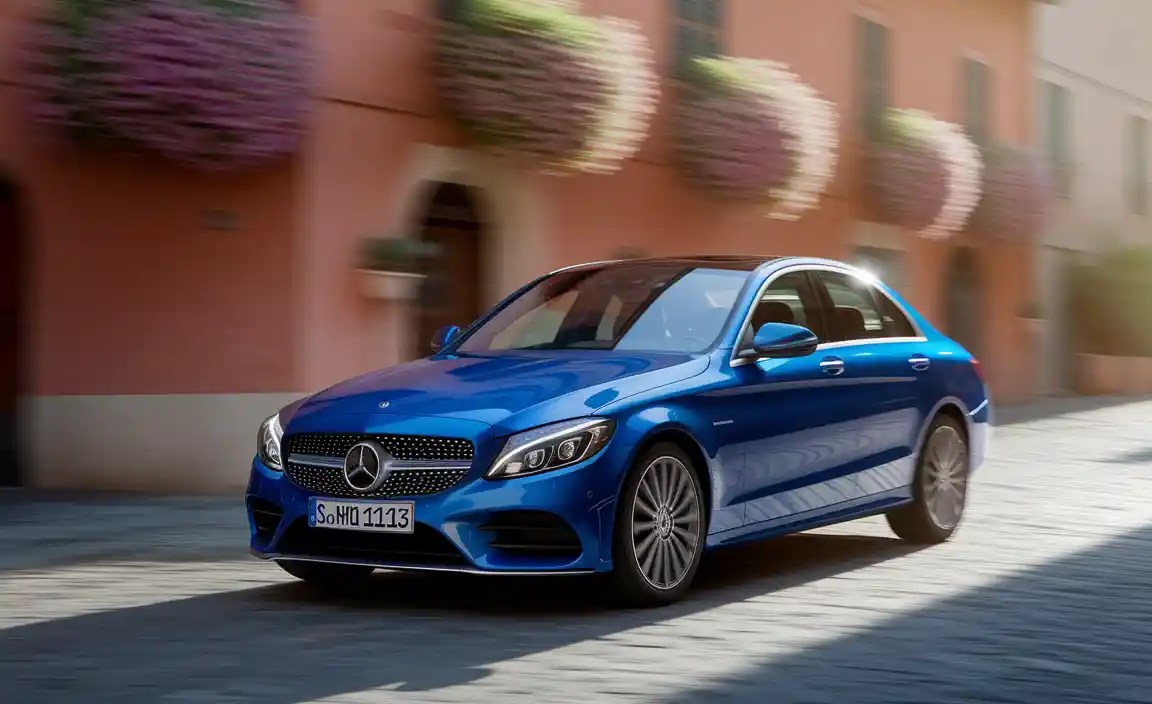
Model Generation
Each new generation of the C-Class often brings changes in design, materials, and technology. While manufacturers strive for efficiency, sometimes new features like advanced safety systems or in-car electronics can add weight. Conversely, the use of lighter materials like aluminum or high-strength steel in body construction can offset these increases, and even reduce the overall curb weight. For example, the W205 generation (2015-2021) saw significant use of aluminum in its structure, impacting its weight distribution and feel.
Body Style
Mercedes-Benz offers the C-Class in various body styles, such as the Sedan, Coupé, and Cabriolet. The structural differences required for these styles inherently affect their weight. A convertible, for instance, will typically weigh more than its sedan counterpart due to the added mechanisms for the retractable roof and chassis reinforcement needed for rigidity without a fixed roof structure.
Engine and Drivetrain
Larger, more powerful engines generally weigh more than smaller, more efficient ones. Similarly, the addition of all-wheel drive (4MATIC in Mercedes-Benz terminology) requires extra components like transfer cases, driveshafts, and differentials, which add to the vehicle’s mass compared to a rear-wheel-drive (RWD) version.
Trim Level and Optional Equipment
Higher trim levels often come with more standard features, such as premium sound systems, sunroofs, advanced driver-assistance packages, and larger wheels. Each of these options adds to the curb weight. A base model C-Class will almost always be lighter than a fully optioned C-Class AMG model.
Materials Used
Modern automotive design increasingly incorporates lighter yet stronger materials. The strategic use of aluminum alloys, carbon fiber (especially in AMG models), and advanced high-strength steels can significantly reduce vehicle weight without compromising safety or structural integrity. Mercedes-Benz has been at the forefront of employing these materials for optimizing performance and efficiency.
Curb Weight Comparison: C-Class Models Through the Years
To illustrate the impact of these factors, let’s look at approximate curb weights for some recent C-Class generations and common variants. Please note that these are general figures, and exact weights can vary based on specific options and market configurations. For the most precise information, always consult the vehicle’s owner’s manual or the official Mercedes-Benz specifications for your specific VIN.
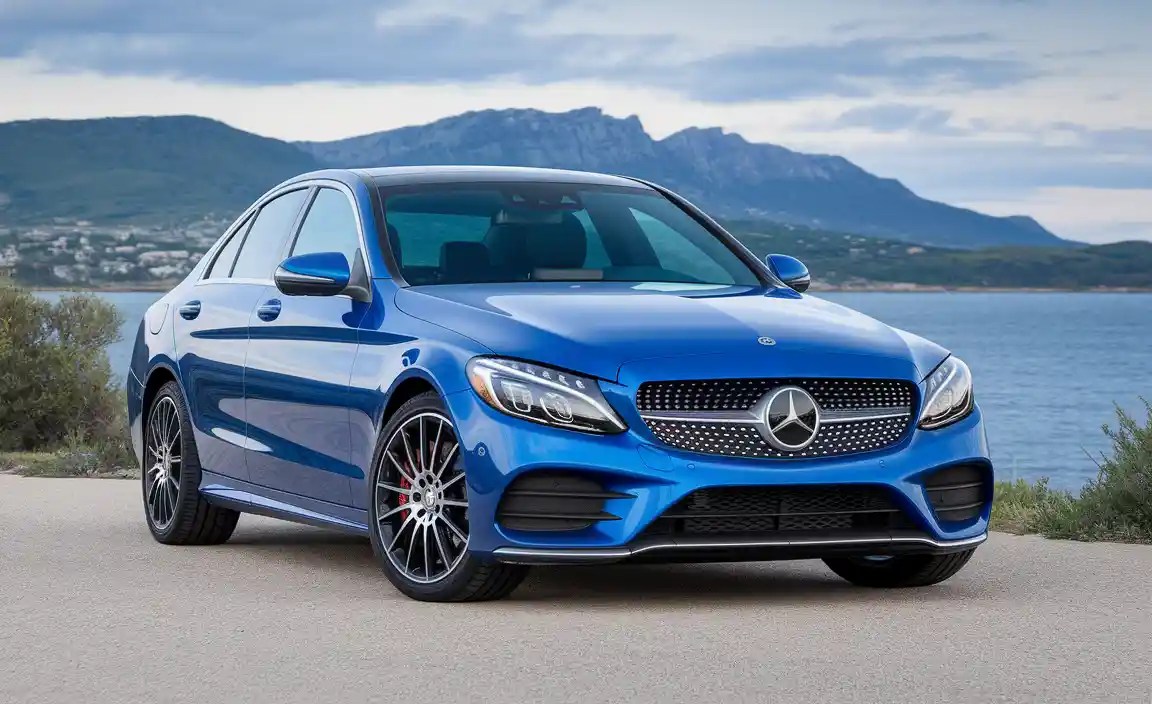
<table>
<thead>
<tr>
<th>Model / Generation</th>
<th>Body Style</th>
<th>Approx. Curb Weight (lbs)</th>
</tr>
</thead>
<tbody>
<tr>
<td>C 300 (W206, 2022+)</td>
<td>Sedan (RWD)</td>
<td>3,616</td>
</tr>
<tr>
<td>C 300 4MATIC (W206, 2022+)</td>
<td>Sedan (AWD)</td>
<td>3,726</td>
</tr>
<tr>
<td>C 300 Coupé (C205, 2017-2022)</td>
<td>Coupé (RWD)</td>
<td>~3,600</td>
</tr>
<tr>
<td>C 300 Cabriolet (A205, 2017-2022)</td>
<td>Convertible (RWD)</td>
<td>~4,000</td>
</tr>
<tr>
<td>C 43 AMG (W206, 2022+)</td>
<td>Sedan (AWD)</td>
<td>~3,900</td>
</tr>
<tr>
<td>C 63 S AMG (W205, 2015-2021)</td>
<td>Sedan (RWD)</td>
<td>~4,000</td>
</tr>
<tr>
<td>C 450 AMG Sport (W205, 2016)</td>
<td>Sedan (AWD)</td>
<td>~3,800</td>
</tr>
</tbody>
</table>
As you can see, even within the C-Class family, the weight can vary by several hundred pounds. The addition of 4MATIC, a convertible roof, or embarking on the AMG line noticeably increases the curb weight. This is a key reason why AMG models achieve their performance characteristics through a combination of power enhancement AND often structural and material optimizations to manage the added weight and complexity.
How to Find Your Specific C-Class Curb Weight
Knowing the exact curb weight of your particular C-Class is essential for accurate performance analysis and for understanding load capacities. Here’s how you can find that information:
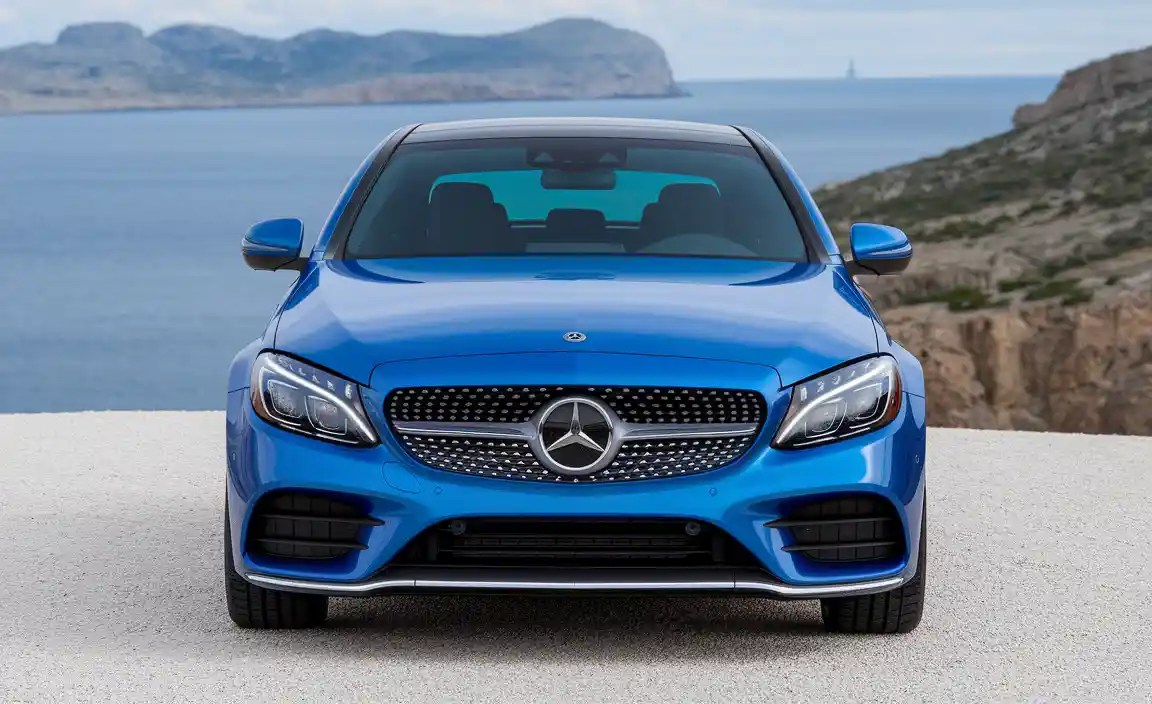
<li><strong>Owner’s Manual:</strong> The most definitive source is your vehicle’s owner’s manual. Mercedes-Benz typically includes detailed specifications, including curb weight, in the technical data section.</li>
<li><strong>Driver’s Side Doorjamb Sticker:</strong> While this sticker primarily lists GVWR and tire information, it can sometimes contain other weight-related data. Check for any labels in this area.</li>
<li><strong>Vehicle Identification Number (VIN) Decoder:</strong> Many online VIN decoders provide detailed information about your car’s factory specifications, which can include curb weight. You can often find your VIN plate on the driver’s side dashboard where it meets the windshield, or on the driver’s side doorjamb.</li>
<li><strong>Official Mercedes-Benz Website:</strong> Mercedes-Benz’s official website for your region usually has specification sheets or build configurators for current models. You might be able to find historical data for past models as well.</li>
<li><strong>Reputable Automotive Review Sites:</strong> Websites like Edmunds, Car and Driver, or MotorTrend often list detailed specifications, including curb weight, for vehicles they review. Ensure you are looking at the specific configuration you own.</li>
<li><strong>Weigh Station (for precision):</strong> For the absolute most accurate reading of your C-Class’s current weight (which will be very close to curb weight if it’s just you in the car with a full tank), you can visit a public weigh station, often found at truck stops or agricultural facilities. This will give you the actual weight of your car at that moment.
The Role of Weight in AMG Performance
Mercedes-AMG models are designed for ultimate performance, and managing weight is a crucial part of their engineering philosophy, even with their powerful engines and advanced systems. While AMG cars are generally heavier due to larger engines, enhanced braking systems, chassis reinforcements, and often all-wheel-drive, engineers focus on optimizing the power-to-weight ratio through several strategies.
Lightweight Materials
AMG vehicles frequently utilize advanced materials to shave off crucial pounds. Carbon fiber is a prime example, appearing in components like the driveshaft, roof, spoiler, and interior trim. Aluminum is used extensively in suspension components, engine blocks, and body panels. These materials contribute to both reduced weight and increased rigidity, benefiting handling and responsiveness.
Power-to-Weight Ratio
AMG’s hallmark is its prodigious power output. Even with a higher curb weight, the immense horsepower and torque figures of AMG engines allow them to achieve blistering acceleration times. For instance, the AMG C 63 S, despite weighing around 4,000 lbs, can achieve 0-60 mph in under 4 seconds due to its formidable V8 engine and sophisticated drivetrain.
Chassis and Suspension Tuning
To counteract the effects of weight, AMG engineers meticulously tune the chassis and suspension. This includes stiffer springs, adaptive dampers, and precise alignment settings to ensure the car remains composed and agile through corners. While weight is a factor, sophisticated engineering can mitigate many of its negative impacts on handling.
Braking Systems
Heavier vehicles require more robust braking systems. AMG models are equipped with larger, more powerful brakes – often featuring multi-piston calipers and larger diameter rotors – to provide the stopping power necessary for their performance capabilities. Materials like ceramic composites for brake discs are also used in some top-tier models to reduce unsprung weight.
Understanding Gross Vehicle Weight Rating (GVWR)
It’s important to distinguish curb weight from Gross Vehicle Weight Rating (GVWR). While curb weight is the vehicle’s weight empty, GVWR is the maximum total weight the vehicle is legally and safely designed to carry. This includes the vehicle’s curb weight PLUS the weight of passengers, cargo, and any accessories.
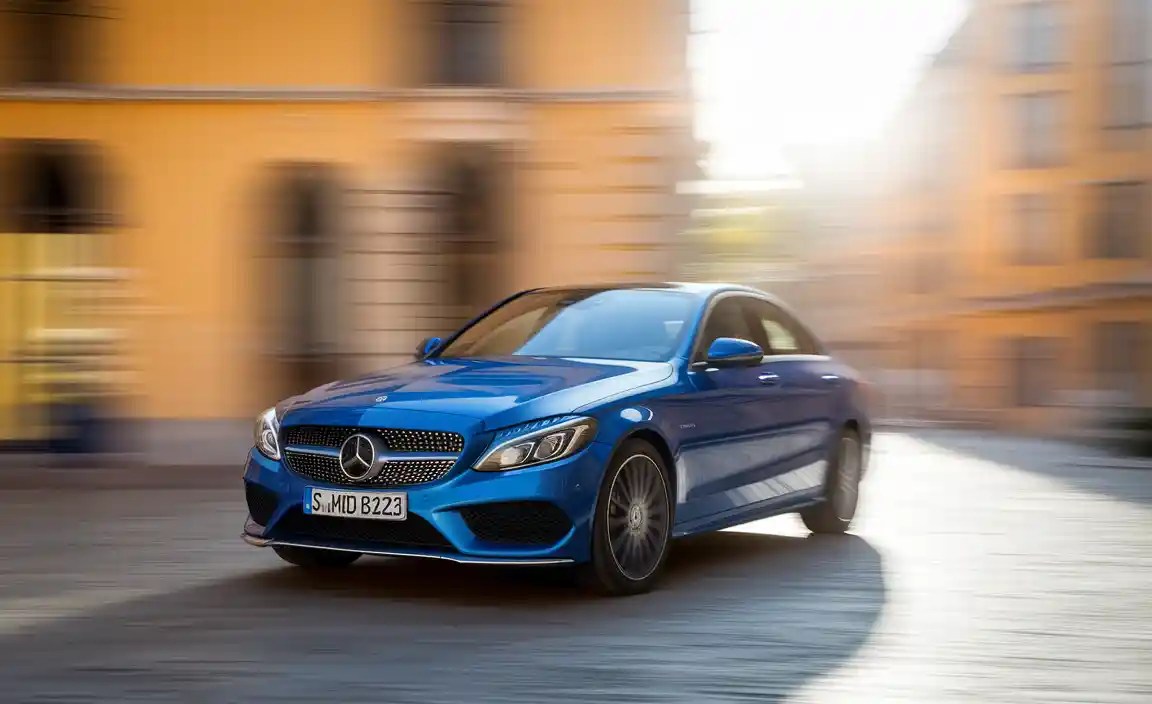
The GVWR is a critical safety figure found on the doorjamb sticker. Exceeding it can compromise braking, handling, and suspension, and put immense stress on the vehicle’s components, potentially leading to accidents. For a C-Class, the GVWR will typically be around 4,800 to 5,000 lbs, but this varies by model. Always find the exact GVWR for your specific C-Class model.
For example, if a C-Class has a curb weight of 3,700 lbs and a GVWR of 4,900 lbs, it means you can add up to 1,200 lbs of passengers and cargo (4,900 – 3,700 = 1,200). It’s vital to factor this in when planning trips or loading your vehicle.




